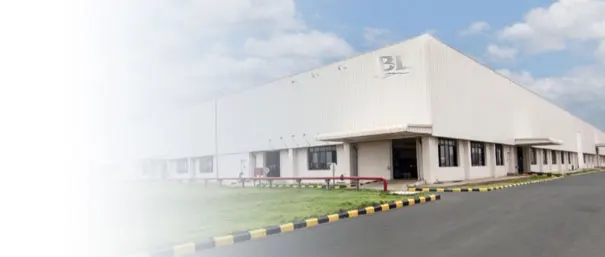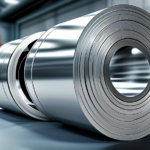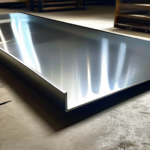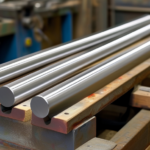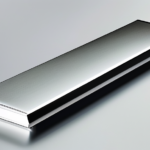-
Precision-Slit Stainless Steel Coil: Width Tolerance and Edge Quality
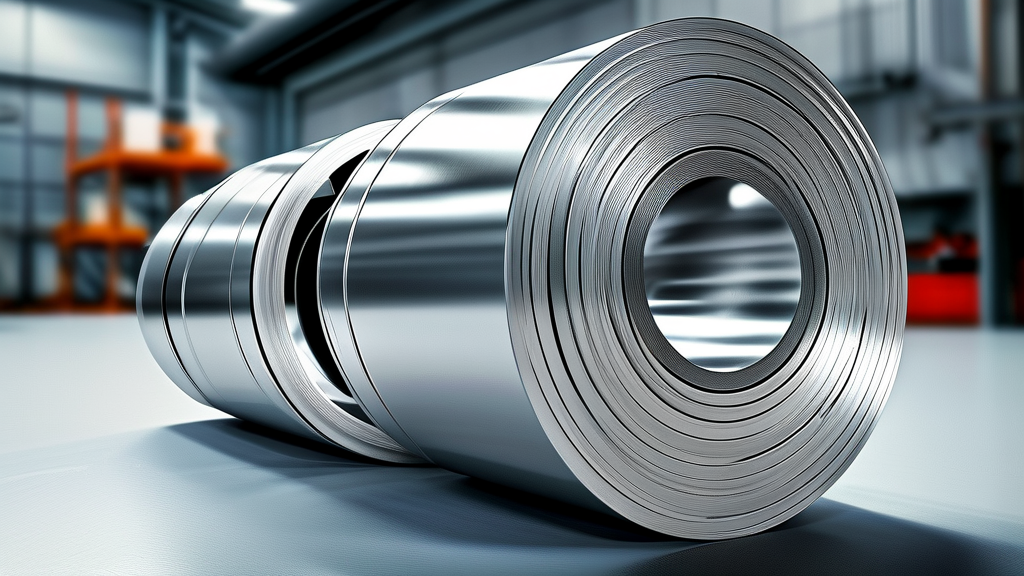
Understanding Precision-Slit Stainless Steel Coil Definition and Manufacturing Process Precision-slit stainless steel coil refers to stainless steel strips that have been cut to exact widths using high-accuracy slitting equipment. Unlike conventional slitting, precision slitting employs…
-
BA vs 2B Stainless Steel Coil: Surface, Roughness and Applications
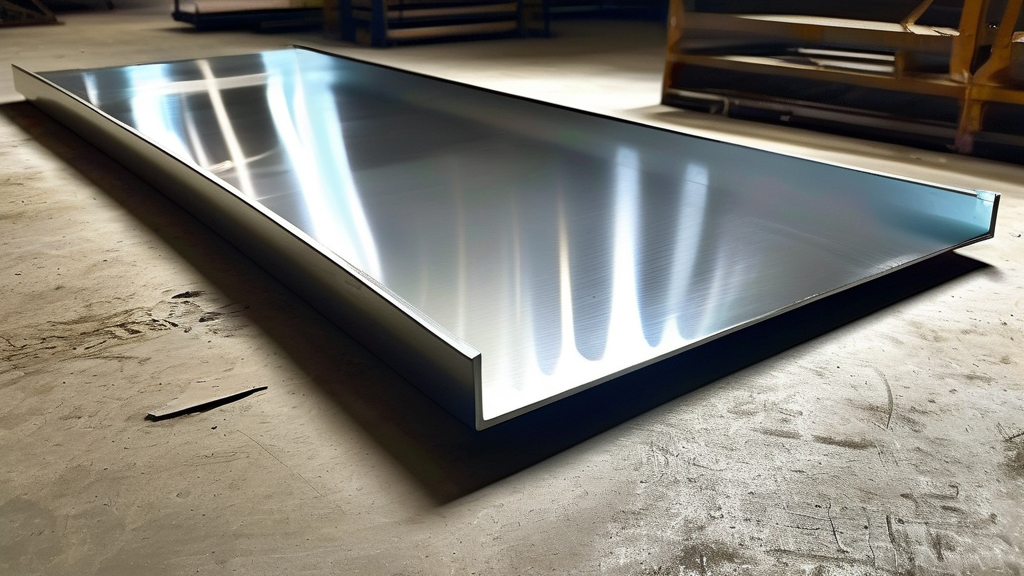
Introduction to Stainless Steel Finishes and Their Industrial Significance Stainless steel coils are fundamental materials in modern manufacturing, construction, and consumer goods. The surface finish of a stainless steel coil—determined by processes such as annealing,…
-
316L Stainless Steel Plate: Corrosion Performance and Selection Guide

Introduction to 316L Stainless Steel Plate: A Benchmark in Corrosion Resistance What Is 316L Stainless Steel? 316L stainless steel is an austenitic chromium-nickel alloy with added molybdenum, specifically engineered to enhance resistance to pitting and…
-
17-4 PH Stainless Round Bar: Conditions, Strength and Machinability
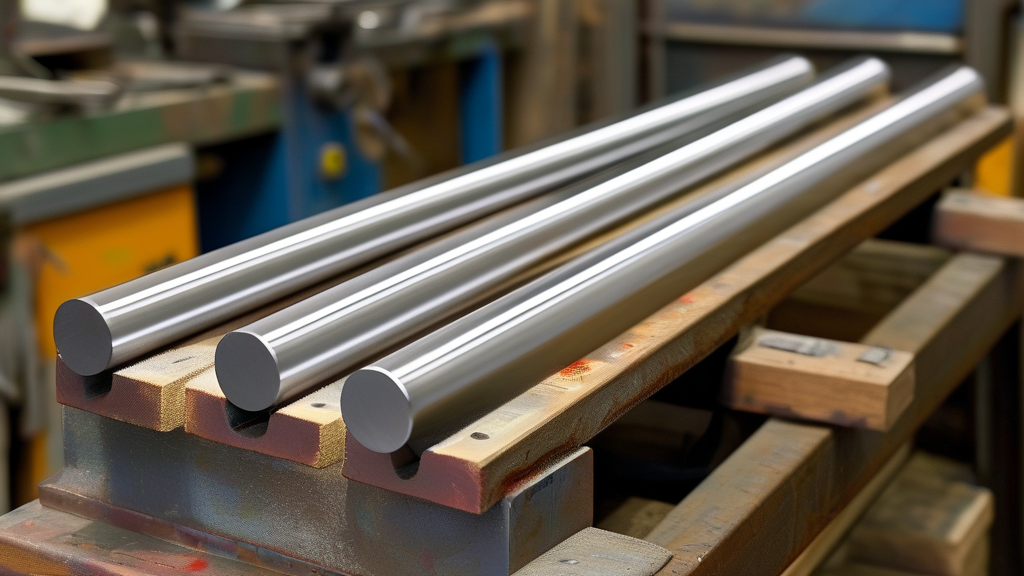
Introduction to 17-4 PH Stainless Steel Round Bar What Is 17-4 PH Stainless Steel? 17-4 PH (Precipitation Hardening) stainless steel is a martensitic, chromium-nickel-copper alloy renowned for its high strength, excellent corrosion resistance, and good…
-
430 Stainless Steel Sheet: Magnetic Behavior, Corrosion and Cost Balance

Introduction to 430 Stainless Steel Sheet: A Balanced Alloy for Industrial Applications Overview of 430 Stainless Steel Composition and Classification 430 stainless steel is a ferritic, non-hardenable grade containing approximately 16–18% chromium and low carbon…
-
304 Stainless Steel Sheet 2B Finish: Specs, Tolerances and Uses
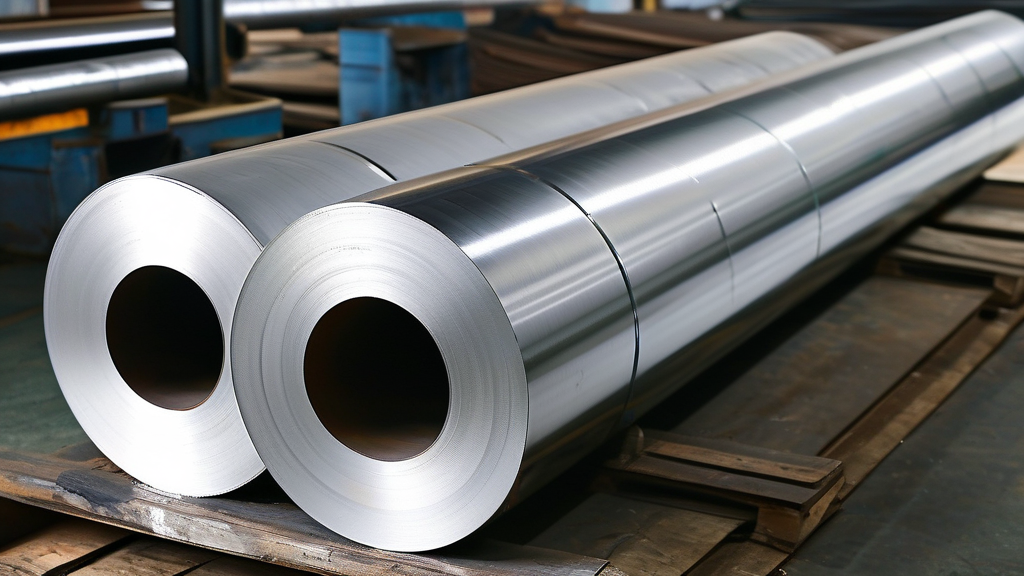
Introduction to 304 Stainless Steel Sheet with 2B Finish What Is 304 Stainless Steel? 304 stainless steel, also known as A2 stainless steel or 18/8 stainless steel, is the most widely used austenitic stainless steel…
-
Stainless Steel Chequered Plate: Grades, Patterns and Load Ratings
Introduction to Stainless Steel Chequered Plates Stainless steel chequered plates—also known as tread plates, diamond plates, or anti-slip plates—are engineered metal sheets featuring raised patterns designed to enhance grip and reduce slip hazards in industrial,…
-
Cold-Rolled Full Hard Coil: Strength, Formability and Use Cases
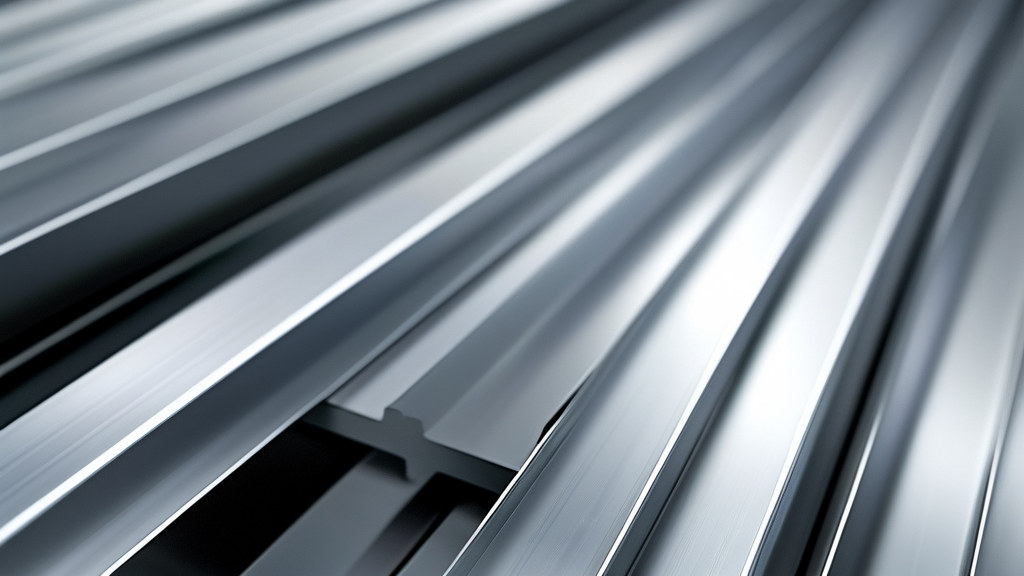
Introduction to Cold-Rolled Full Hard Coil: Defining a High-Strength Steel Product What Is Cold-Rolled Full Hard Coil? Cold-rolled full hard coil refers to a type of steel product produced through a cold-reduction process that significantly…
-
440C Stainless Steel Bar: Hardness, Heat Treatment and Wear Performance

Introduction to 440C Stainless Steel Bar: A High-Performance Alloy for Demanding Applications Overview of 440C Stainless Steel Composition 440C stainless steel is a high-carbon martensitic stainless steel known for its exceptional hardness, wear resistance, and…
-
321 Stainless Steel Sheet for High-Temperature Service: When to Choose It

Introduction to 321 Stainless Steel Sheet in High-Temperature Applications Defining High-Temperature Service in Industrial Context High-temperature service refers to environments where materials are exposed to sustained temperatures above 500°C (932°F), often in oxidizing, carburizing, or…


